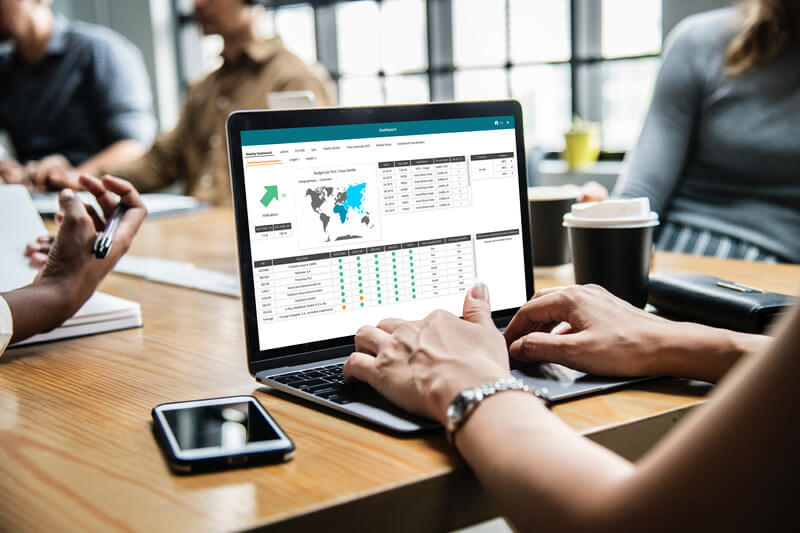Business Intelligence (BI) includes tools and methods for transmitting information relevant to business managers to help them understand their environment and support them in their strategic decisions.
Your needs as a business leader are therefore at the heart of effective business intelligence, able to exploit the available information and help you in your decision making. How to implement business intelligence? 5 tips to introduce business intelligence into your company.
Collecting data
It’s about extracting information from the different production systems of your business, transform them, and send them to the database. This is called the “ETL” (Extract-Transform-Load), which allows adapting these parameters for a decision-making use.
It should be noted, however, that this is a time-consuming step for anyone who is not used to handling computer data. Even more when they come from several services and whose volume is consistent.
Data storage
After harvesting them, having a place to store all your data is essential.
Data storage, also known as “data modeling”, consists of centralizing the processed information to make it available for decision-making purposes and easy to analyze.
Then, store the data in a Data Warehouse or a Data Mart: a specific database for decision requests. Be aware that the power of a data warehouse must be based on updated data, complete, faultless and duplicate.
Again, this step can be difficult because you need a solid knowledge of Business Intelligence to avoid making mistakes.
Simplify your life with DigDash
Analyzing your data
Once your data is sorted, cleaned, accessible and stored, they will be analyzed to allow you to use the best possible information for your sector of activity. This can be done via different tools:
– OLAP cubes (Online Analytical Processing) dedicated to multidimensional analyzes. The data is classified into several dimensions so that it is easier to query and extract the desired data. Thus, you will only view the information needed for your analysis.
– Data Mining or data exploration that will allow to look for correlations and to stick as close as possible to the expectations of your customers or your prospects.
Data restitution
Introducing Business Intelligence into your business then involves restoring the data collected and analyzed to your employees.
As you already know, fluid communication within the various departments is a crucial step for the good health of your company.
You will have real-time visibility into your activities (marketing, finance, sales, HR, etc.), and all your teams will instantly have the information they need at their fingertips.
To restore this data, various reporting tools, including agile dashboards, are specifically designed to simplify your life. But you have to choose a solution that fits your needs and it’s not always easy.
Choose an accessible dashboard software
Today, dashboards represent real piloting tools, able to synthesize your key performance indicators (KPIs) in one place, thus making it possible to evaluate a given situation. For your multi-data dashboard to be efficient, you need to choose accessible dashboard software.
For this you need to:
-
- Delineate the contours of your project to select upstream the really essential features.
-
- Opt for a tool able to evolve from a technical point of view (integration of updates and newer features) from a business point of view (implementation of new versions of the processes) and from an organizational point of view (to evolve at the same time as your company in view of the managerial approach).
-
- Choose a simple, intuitive and easily configurable software for use by all employees.
DigDash, an expert in Business Intelligence, offers its agile dashboard solution, DigDash Enterprise: a reliable solution to exploit your data and easily share it with all the services of your company.
Our software accomplishes all these five steps and even goes beyond the various possibilities proposed above.
Our agile dashboard tool adapts to all your business specificities to drive, explore and communicate your essential information in an efficient way.

